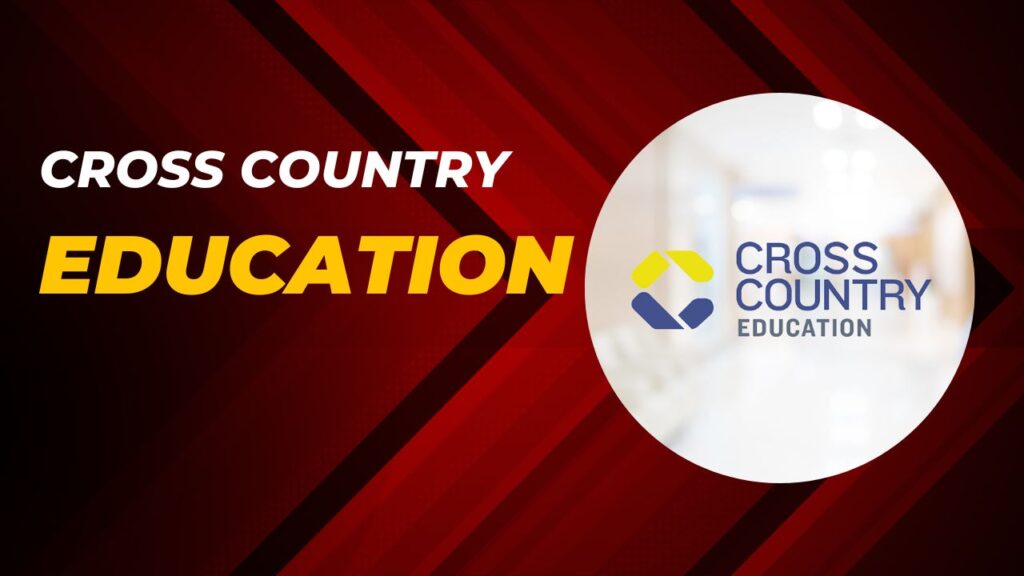In today’s globalized world, education has transcended borders. Cross country education, also known as international education or global learning, has gained prominence. This article delves into the concept of cross country education, its significance, advantages, challenges, strategies, technological advancements, real-life examples, and future trends.
Table of Contents
- Introduction
- The Importance of CCE
- Advantages of CCE
- Challenges Faced in CCE
- Strategies for Successful CCE
- Technology’s Role in CCE
- Case Studies in CCE
- Future Trends in CCE
- Conclusion
- FAQs
1. Introduction
Education has no geographic limitations in today’s globalized society. Cross-country education, commonly referred to as global learning or international education, is becoming more and more common. This article examines the idea of cross-country education, including its importance, benefits, difficulties, techniques, technical developments, real-world instances, and projected trends.
2. The Importance of CCE
Cross-cultural education is essential for promoting world citizenship. It broadens students’ perspectives, fosters cultural understanding, and develops empathy in them. Individuals are given the skills necessary to survive in a connected society by being exposed to a variety of viewpoints.
3. Advantages of CCE
1. Enhanced Cultural Awareness
The development of cultural sensitivity is one of the main advantages of cross country schooling. Students are exposed to a variety of cultures, languages, and traditions, which fosters a strong awareness for diversity.
2. Improved Language Skills
Learning a new language is often required in order to participate in cross-country education programs or study abroad. The improvement of language abilities and creation of new communication possibilities are both benefits of this linguistic immersion.
3. Global Networking
International networking is made easier through cross-country education. These relationships may result in enduring friendships, fruitful partnerships, and a greater understanding of world concerns.
4. Challenges Faced in CCE
1. Cultural Shock
Adapting to a new culture can be challenging. Cultural shock may lead to feelings of isolation and discomfort initially.
2. Academic Rigor
Cross country education programs often come with rigorous academic requirements, which can be demanding for students.
5. Strategies for Successful CCE
1. Pre-departure Preparation
Students may better handle cross-country schooling by preparing thoroughly, which includes learning a new language and developing cultural awareness.
2. Support Systems
Institutions should provide robust support systems, including counseling services and mentorship programs, to assist students during their cross country education journey.
6. Technology’s Role in CCE
Cross-country training has been completely transformed by modern technologies. Learning platforms, online collaboration tools, and virtual classrooms have all made it simpler than ever to bring together students from all over the world.
7. Case Studies in CCE
1. Study Abroad Success Story
Meet Sarah, whose study abroad experience in Japan not only improved her language skills but also opened doors to a global career.
2. Virtual Exchange Program
John, a college student, participated in a virtual exchange program with students from Europe, broadening his horizons from the comfort of his home.
8. Future Trends in CCE
The future of cross country education is promising. This profession is expected to change in the next years as a result of developments in online education, expanded finance options, and more environmentally friendly travel options.
9. Conclusion
A cross country education opens them a world of possibilities. It enhances people’s lives, promotes intercultural understanding, and gives them the tools they need to prosper in a linked world. Accept cross-country learning, and let it serve as your ticket to a better future.
FAQs
1. What is cross country education?
Cross country education refers to learning experiences that transcend geographical boundaries, fostering global awareness and cultural understanding.
2. How can I prepare for a cross country education program?
Preparing for cross country education involves cultural sensitivity training, language learning, and seeking support from your institution.
3. What are the challenges of cross country education?
Challenges in cross country education include cultural shock and rigorous academic requirements.
4. How does technology enhance cross country education?
Technology facilitates cross country education through virtual classrooms, online collaboration tools, and e-learning platforms.
5. What are the future trends in cross country education?
Future trends include innovations in online education, increased scholarship opportunities, and sustainable travel options.







